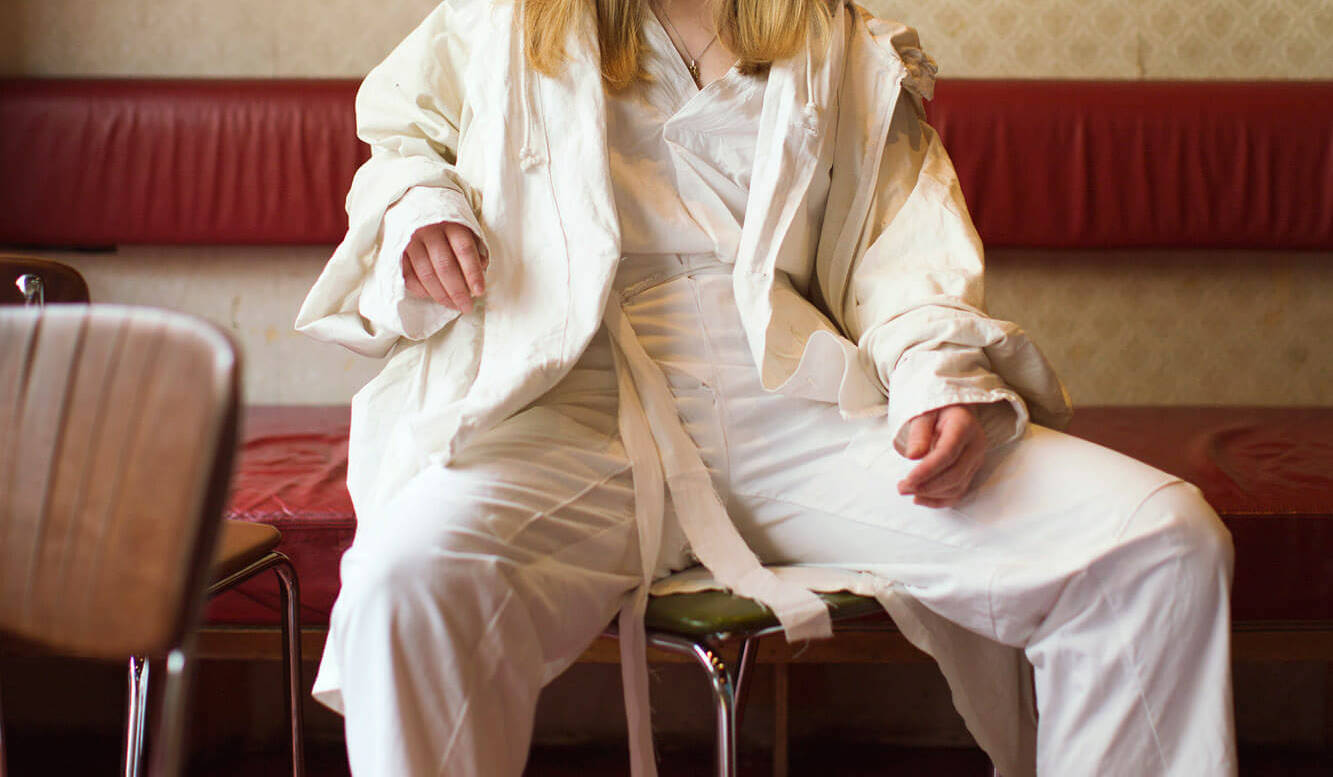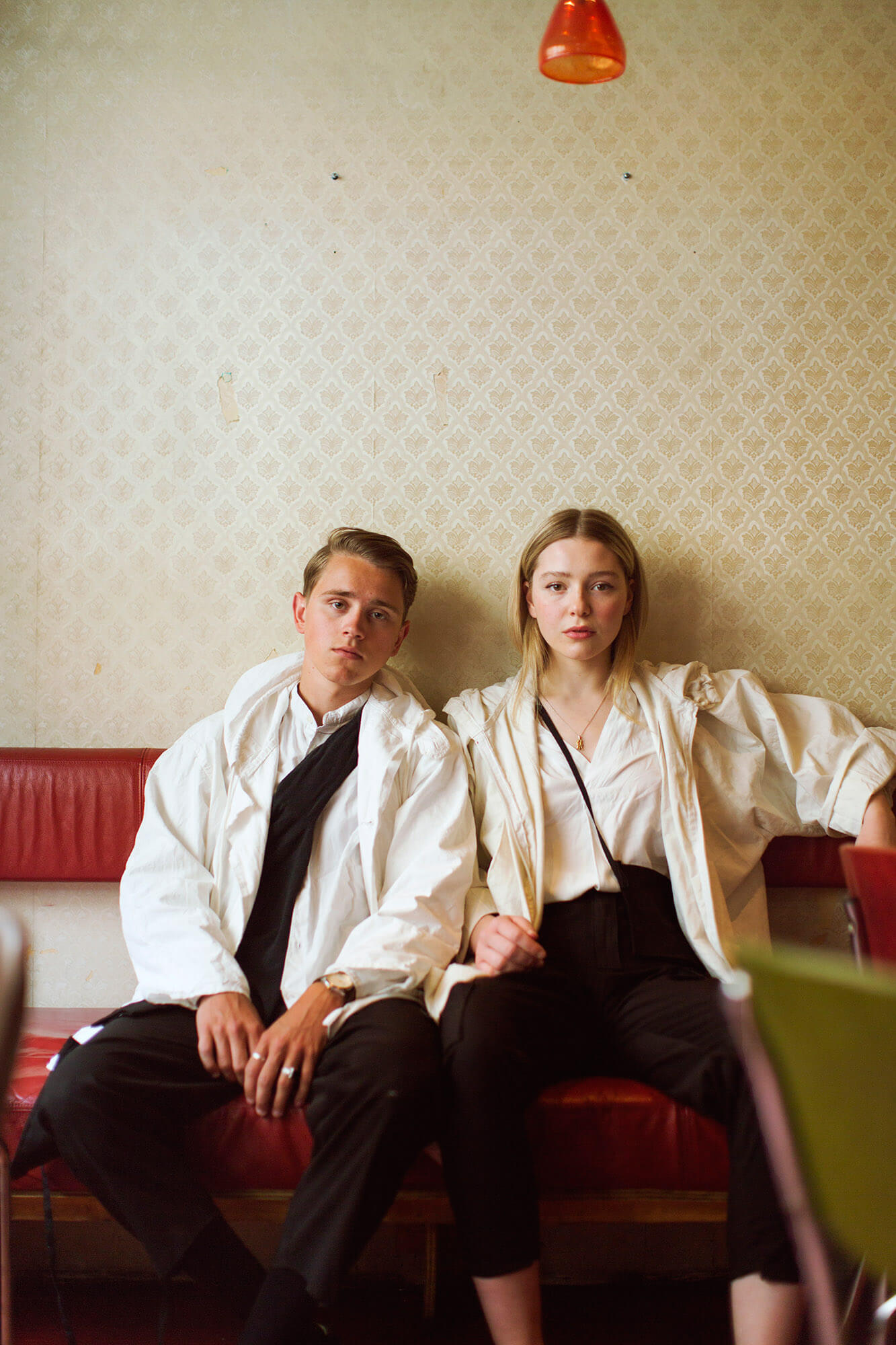In a society with new trends around every corner, the garment industry manipulates us to contribute to unsustainable development. To get a product to a costumer, it has to go through a supply chain which involves a series of complex interactions between producer, traders, manufacturers, and retailers. Now, imagine all the chain stores around us, offering new clothing all the time. There is an enormous process behind all the products, that have a huge impact on our environment. But what can we, as consumers, do to reduce the impact of buying new clothes? I have talked to a young man from Bergen who distances himself from the fashion industry while creating his own visual expression, by sewing his own clothes, and shopping at thrift stores.
William Vik (21), Bergen
We meet at a café on Møhlenpris in Bergen, for a cup of coffee and a chat. William is wearing his own design, beige trousers, and his mother’s knitted sweater, both oversized.
“One year and one month”, William answers accurately when I ask how long he has been sewing. It all started with a jacket which he cut and sewed on the machine. Since then, his work on the sewing machine has grown. He is currently working on styling houses, in addition to selling furniture at his mother’s thrift store. There, he has his own little studio where he sews and creates on the side. He has a big painting in the studio by a fellow student from when he studied at Kib.
After glancing over his Instagram profile it is easy to see William’s overall visual expression in the things he designs. I ask where he finds inspiration, and he tells me that it comes from everywhere. The most important thing for him is making something that goes with the expression he likes and finds in other places, like in the interior of houses.
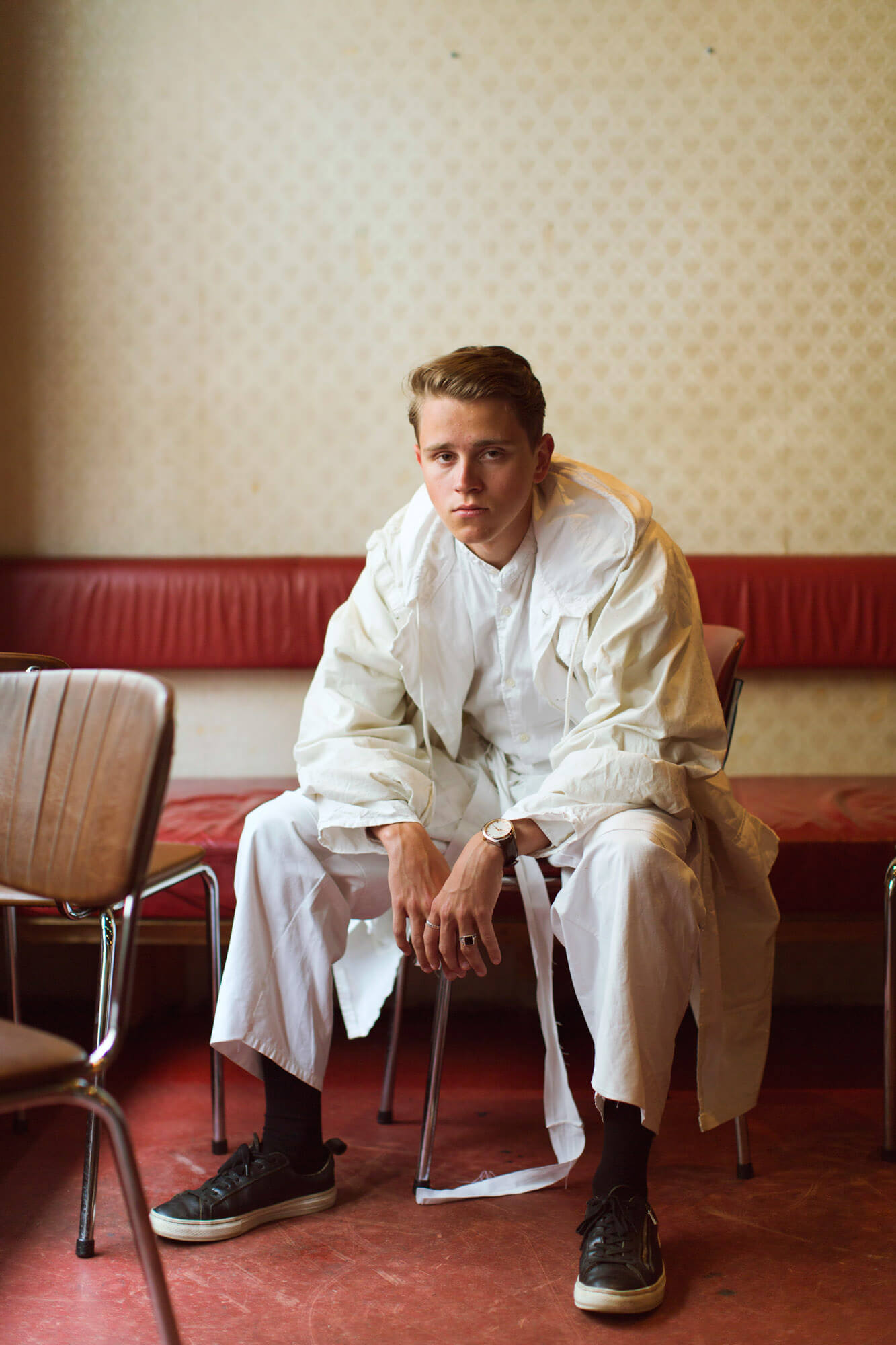
In addition to getting inspiration from his surrondings, he also has an interest for tech-wear, old military clothing, and Japanese fashion. He tells me about a pair of trousers he owns, from the Norwegian air force, dating all the way back to 1962. His focus lies in functional garments, that are durable and practical. “Functionality always comes before form.” William emphasizes the importance of dressing according to weather, to both feel and look comfortable: “It makes me happy when people feel comfortable and look good in their clothes.” He also talks about his love for outdoor clothing and for sportswear.
The functionality William is talking about is visible in his clothes, through good material use, and details such as a lot of pockets. Using good fabrics and materials is important, and he tells me how much he dislikes it when chain stores take only visual inspiration from functional clothing and without keeping the functionality quality. William focuses on creating clothes that are durable, and can easily be used with other garments.
The lack of quality, function, and durability of clothing is often a result of the fashion industry’s mass production, and its constantly changing trends and collections. Instead of purchasing garments that lasts, people change their wardrobe several times a year. I ask William what he thinks about the fashion industry, and the impact it has on our environment He tells me that he rarely buys something new—it is first and foremost thrifted. It is also at thrift shops he finds a lot of his inspiration, and ideas for many of the pieces he makes, both in the women and men’s section. In addition, he also thinks it is a totally different experience to walk into a thrift store than into stores that sell new clothes. “When you walk into a regular clothing store, you often go there with a goal to find something to buy. When I walk into a thrift store, I go in without any thoughts—only to see what is out there.”
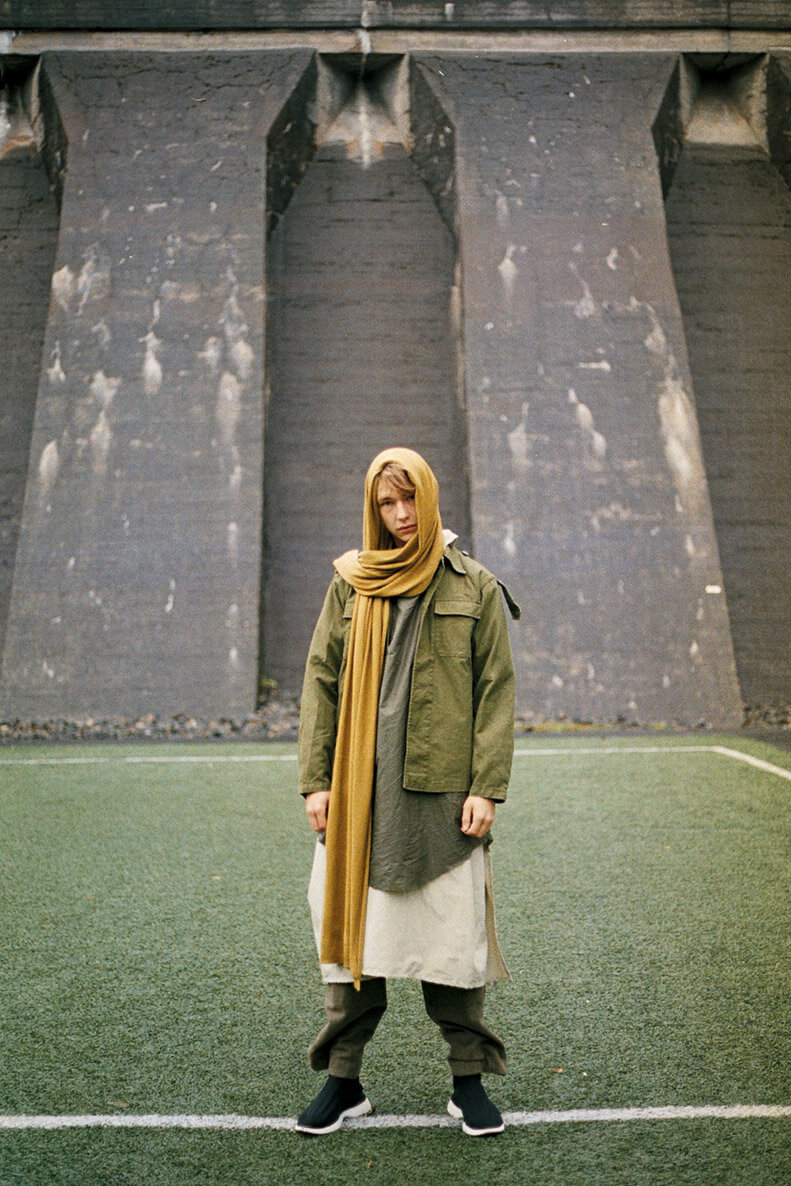
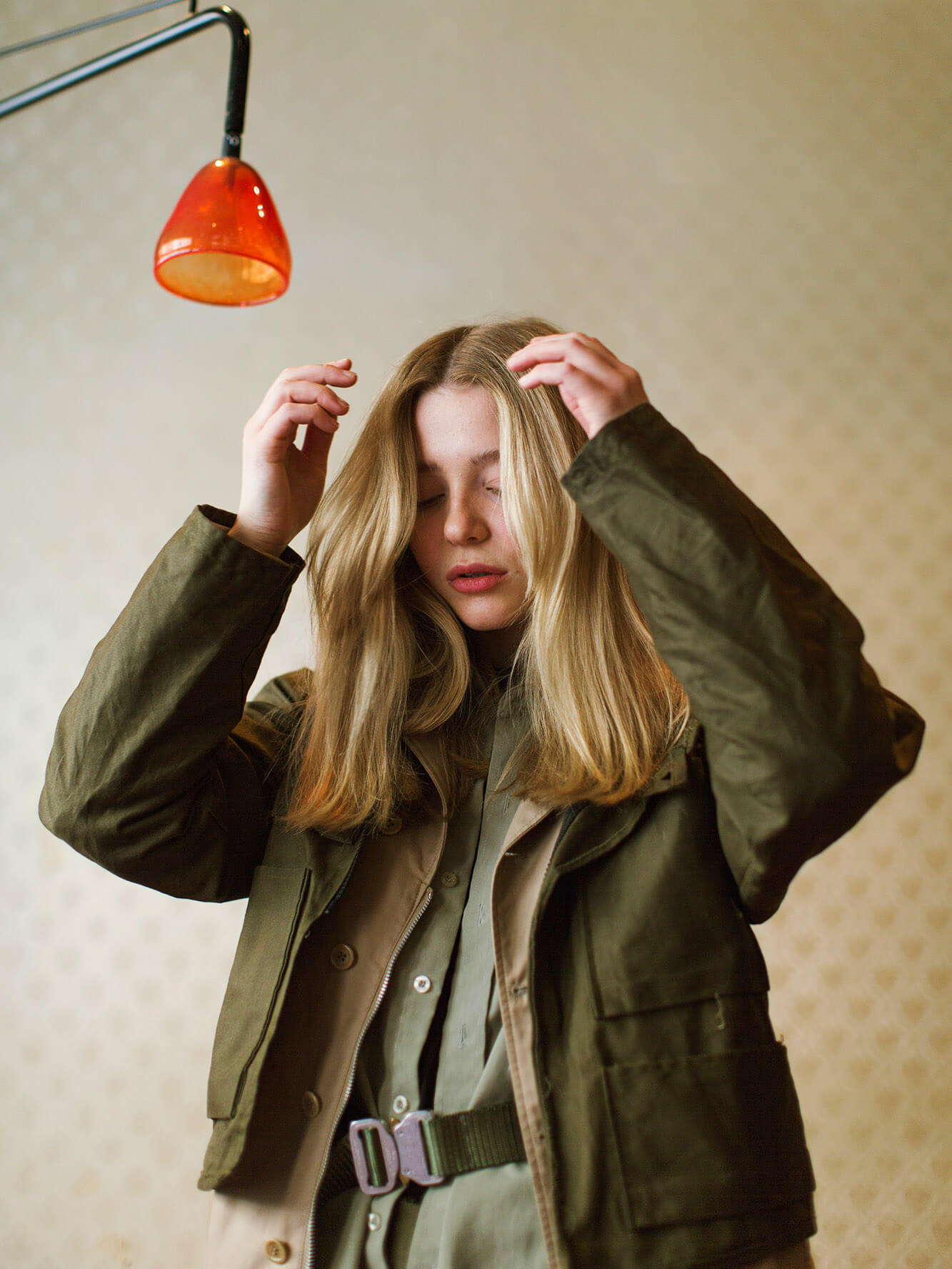
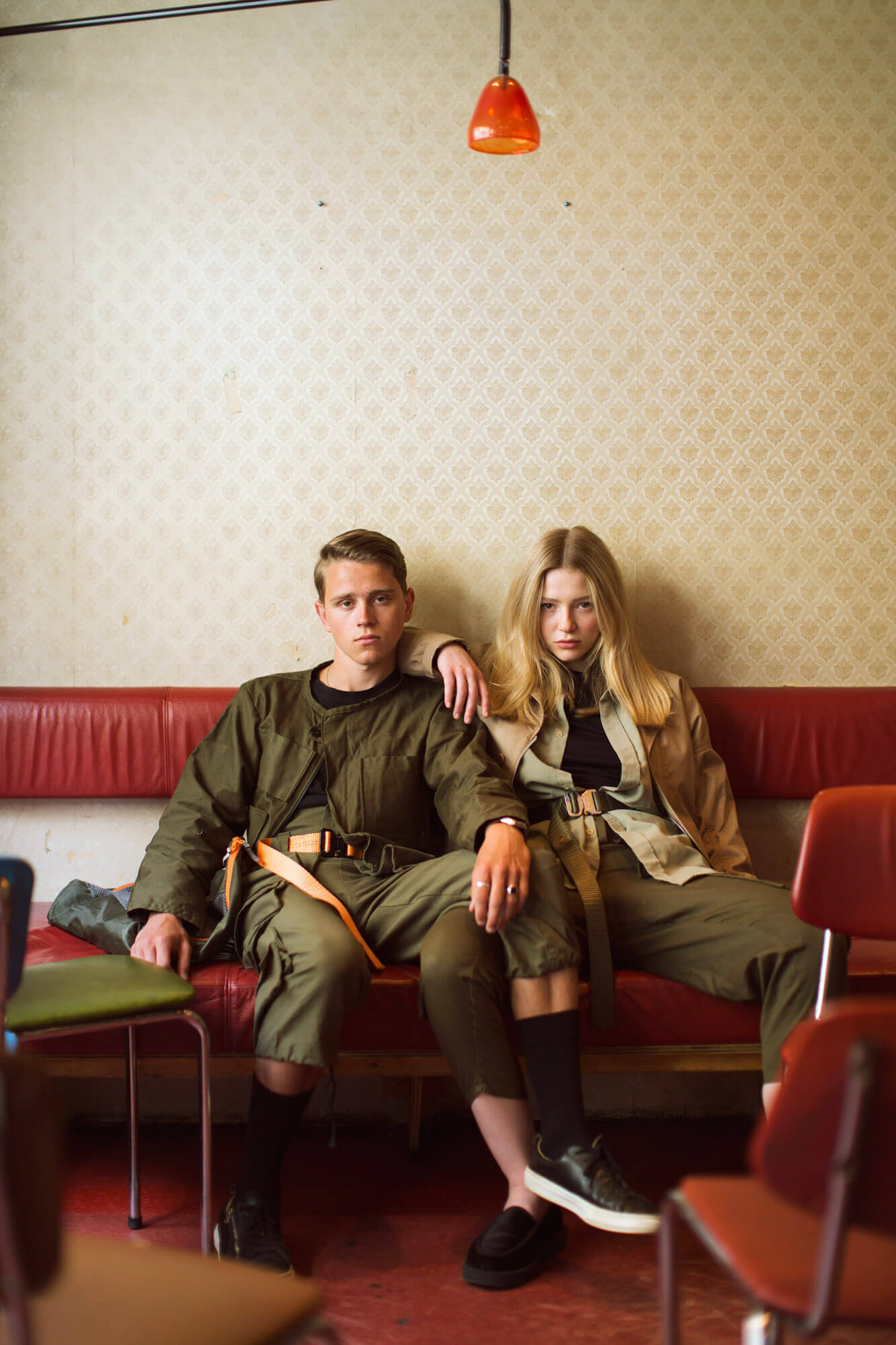
Price and budget also has an impact, and William saves both the environment and money when buying from thriftstores and making his own clothes. His Sundays are often spent with his sister scouting flea markets. He also uses other arenas to buy used, like Tise and Finn.no.
I ask whether William ever sells things he makes, and he tells me that he mostly makes things for himself, but he recently sold a pair of trousers at a Nachspiel. Nevertheless, it happens that he gives away clothes to friends if he knows that something will look good on them.
Another reason that he holds on to his clothes, is that he often imagines that they can be used in some future setting, like in styling and in photoshoots. He has, among other things, styled the artist Niilas and worked conceptually with his outfit for a concert at Vibbefestivalen. He talks about how exciting and interesting he finds it to work with garments, and medias like light and image, to create a visual whole.
I am curious about what his process is like. He tells me that it varies from time to time. He has never bought a pattern for anything, and tells me that he began by cutting up trousers to see how they were put together. Now he makes trousers by free-hand. Instead of sketching and writing down measurements, he envisions what he wants, which also results in his never making two of the same piece. “It is important to me that each piece is different, but has the same visual expression.” He compares the process with the process of graffiti, which he has previously done. In graffiti it is important to create an expression without making the same one repeatedly.
“Me and the old ladies”: William tells me about his trips out of the centre of Bergen to his regular fabric store, where it mostly is him and the old ladies. He tells me that he thinks people today take sewing for granted. This is probably also a result of mass production. The fashion industry. William talks about conversations with older people he meets, and how they were young at a time when it was normal to sew ones own garments.
The most important thing for William is that people are comfortable in what they wear, and dare to express themselves visually trough their clothes. He wants people to distance themselves from trends, and find inspiration somewhere else than in chain stores. He emphasizes the treasures you can find when going thrifting: “People have to get out of their bubble.”
We drink our coffee and walk towards the centre together before we say goodbye. Bergen is grey and rainy, which William mentions that he likes so well—because he loves to dress for the weather.
